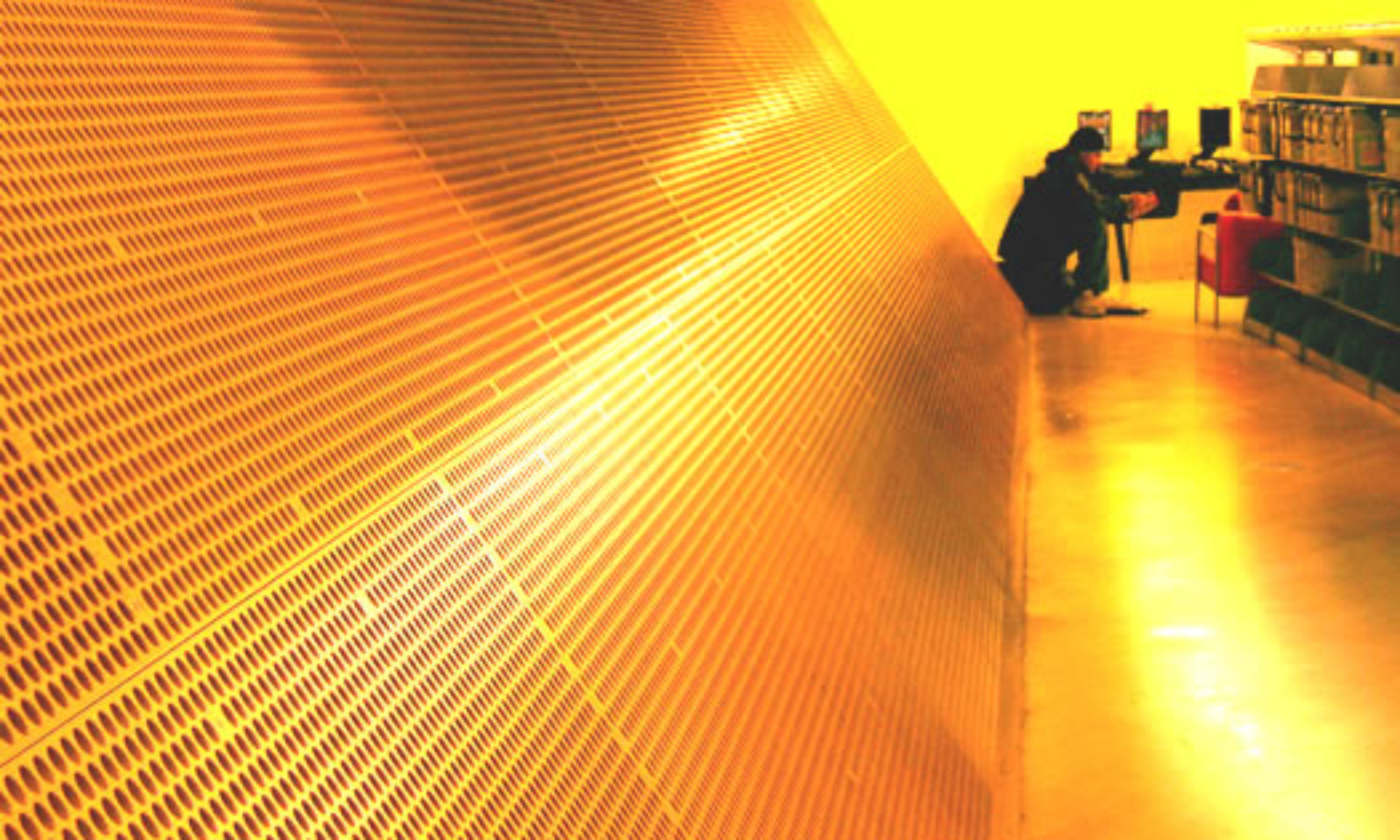I had read and followed some of Nau‘s rollout as a sustainable clothing retailer, so this chance to hear the story from Nau President and CEO Chris Van Dyke was intriguing. How they made use of social media during development of the brand is a great case study for today’s marketplace.
Nau started a blog regarding their product and brand long before a product was available. This was part of their development strategy. Along with an early commitment to donate 5% of revenue for non-profit organizations found their blog getting tens of thousands of hits a day. Friends helped take the still-in-development brand further when Nau posted video of one friend that had taken to living small and mobile. That is she reduced her footprint by moving out of her
traditional household and into a hand-built 10’x10′ home she towed behind her diesel truck to friends’ yards. This living simply video caught the eye of a Yahoo! editor which later resulted in 500,000 hits. Nau had grand success at broadly promoting the company concept and product before a product was available for sale.
This social success undoubtedly helped in Nau’s search for funding but Van Dyke was still finding that their concept was a hard sell. Apparently there is doubt out there that a company can do business sustainably while supporting social activism and still make money for their shareholders. Regardless of over 200 refusals, Nau found the necessary funding and is in
operation with 15 stores. They plan to have 200 over the next two years.
Van Dyke highlighted the purchasing process at a Nau outlet. The consumer finds tags next to products that inform the consumer of the product’s history, details and price. If you want to purchase the product you take the tag up front to a computer and fill your cart. Apparently you can choose to carry the product out with you or have it shipped to your home. Surprisingly Van Dyke states that 50% of customers prefer purchases be sent to their home, rather than the immediate satisfaction of carrying their goods out of the store.
The question was raised as to how this extra shipment of product, when the customer could have carried the product home, is in line with the sustainable business practices Nau espouses. Van Dyke expressed his initial concern as well but went on to share that managing product from regional warehouses is more efficient than shipping product to retail outlets and then shuffling product between outlets as necessary to push aging product lines.
It appears they are keeping to their original goals of quality products made in a socially responsible manner and we can only hope they succeed. As I stated earlier I had read up on Nau and was intrigued by their business methods. At the same time I was frustrated that doing business the ‘right’ way apparently is very cost intensive as the product line is expensive. My hope would be that the business model can be realistic for a company that can introduce products with price points more in line with the mass consumer market. That will be true change, but for now we hope that Van Dyke’s success will be a catalyst for others to follow. It is long overdue for the fashion industry but we can hope this is the beginning of change just as we are seeing change come to the food industry.
Regardless, Nau is a prime example of today’s social brand building.
